

Originally shared in our Tasting Journal Newsletter
This article is excerpted from our Daily Deal Newsletter.
Sign up and be the first to know about special discounts and see list-exclusive small-release tasting journals, and we'll send you a special coupon for free tea!
Generally, roast is talked about a lot more in coffee than tea. Tea can be roasted, too!
In fact, heat is a critical, almost universal step in finishing everything from green tea to Big Red Robe. The Li Family in Wuyishan is working to bring the conversation in tea back to the roast, and so far, they’ve been racking up awards across the board for their unique roasting work.
But what makes hand-firing unique in the world of roasting craft?
As it turns out, most roasty teas are simply baked to get that dark flavor. The electric ovens common in the industry might make roasting faster, but as Mr. Li explains in this video, the problem with oven-roasting is that you have no fine control. You are stuck with whatever comes out, with some leaves over-baked and some under.
Compare this to the labor-intensive process of hand-firing in bamboo baskets over special local Wuyi hardwood embers and you get something completely different.
Mr. Li cites a study done at Wuyi University on the effect of the rising radiant heat of hand-firing and it yields a chemically different caramelization process than the heat of an oven.








How does this play out in the cup?
With hand-fired teas, you get deep, more potent aftertaste. The deep roast doesn’t ever overwhelm the natural qualities of the tea itself or the Wuyi terroir, but rather tends to intensify them. This is the magic possible when a real craftsperson is hand-turning the leaves, controlling the heat by piling ash over the embers or scraping them bare, and knowing by smell when the tea is exactly at the perfect moment to pull and rest.
This process is a lot of work. From personal experience, I can tell you that Mr. Li would not do it if it did not give something incredible to his family's teas.
The roast process takes about fifteen hours, followed by a month of resting, and often several rounds of re-roasting over many to control for moisture and get the perfect results. We were invited to film this highly specialized work of hand-firing, and within a minute of entering the roasting room, our camera malfunctioned from the intense heat. That’s how intense the Li Family’s commitment to old-school craft is.


Apart from our stunning collection of 2022 dark roasted Wuyi Oolongs, I also want to draw your attention to two other deep-roasted reserve-level Wuyi oolongs subject to similarly intense hand-firing craft, and a long aging period to bring out even more depth:
10 Year Aged Full Roast Shui Xian
Originally roasted and aged over a period of ten years, this find is technically now fifteen years old since we were first able to secure this cache of incredible Shui Xian from the Li Family.
This tea is packed with deep intense cooling notes, potent minerality, aloeswood aromatics and that pervasive tingling yun sensation of Wuyi tea.
2009 Full Roast Tie Luohan Mini Cake
Originally roasted and finished over several months in 2009, the Li Family has carefully re-roasted and rested this tea each year over the past eight years. Each meticulous hand-firing process takes over sixteen hours, and in total this tea has been fired fourteen times.
This is one of the biggest, most powerful teas I’ve ever tried. It is packed with deep toasty dessert-like flavor and smoldering spice. These flavors and aromatics give way to Wuyi mineral-laden textural beauty, and tingling yun after-sensation.
If you are interested in the effect of meticulous hand firing, these two reserve teas from the Li family are great ways to explore the unique textural depth and lingering aftertaste the Li Family’s craft makes possible.


 How To
How To Myths & Legends
Myths & Legends Travelogue
Travelogue Tasting Journal
Tasting Journal Talking Shop
Talking Shop Tea 101
Tea 101 Watch
Watch Teaware
Teaware News
News


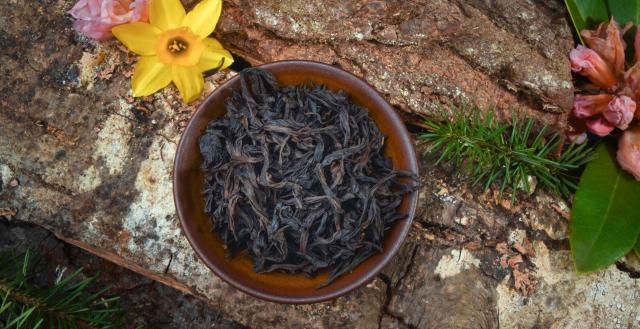


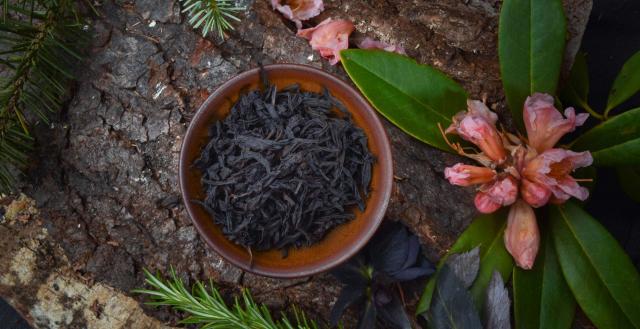
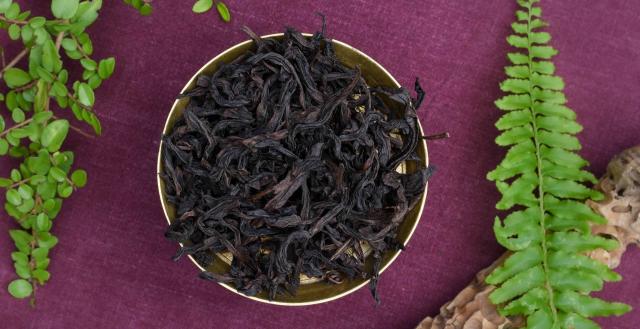
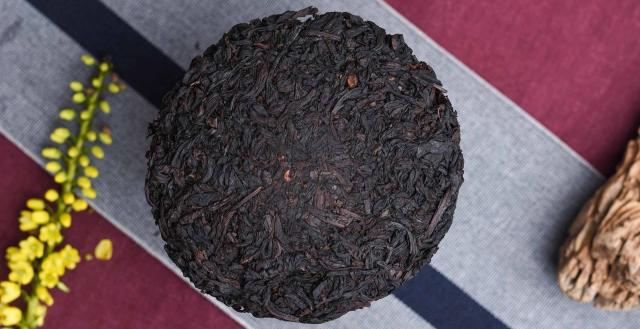
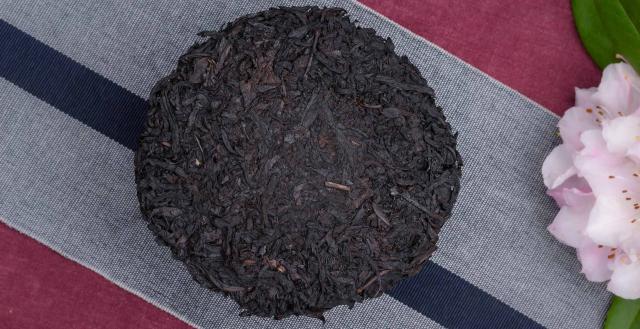
Leave a Reply